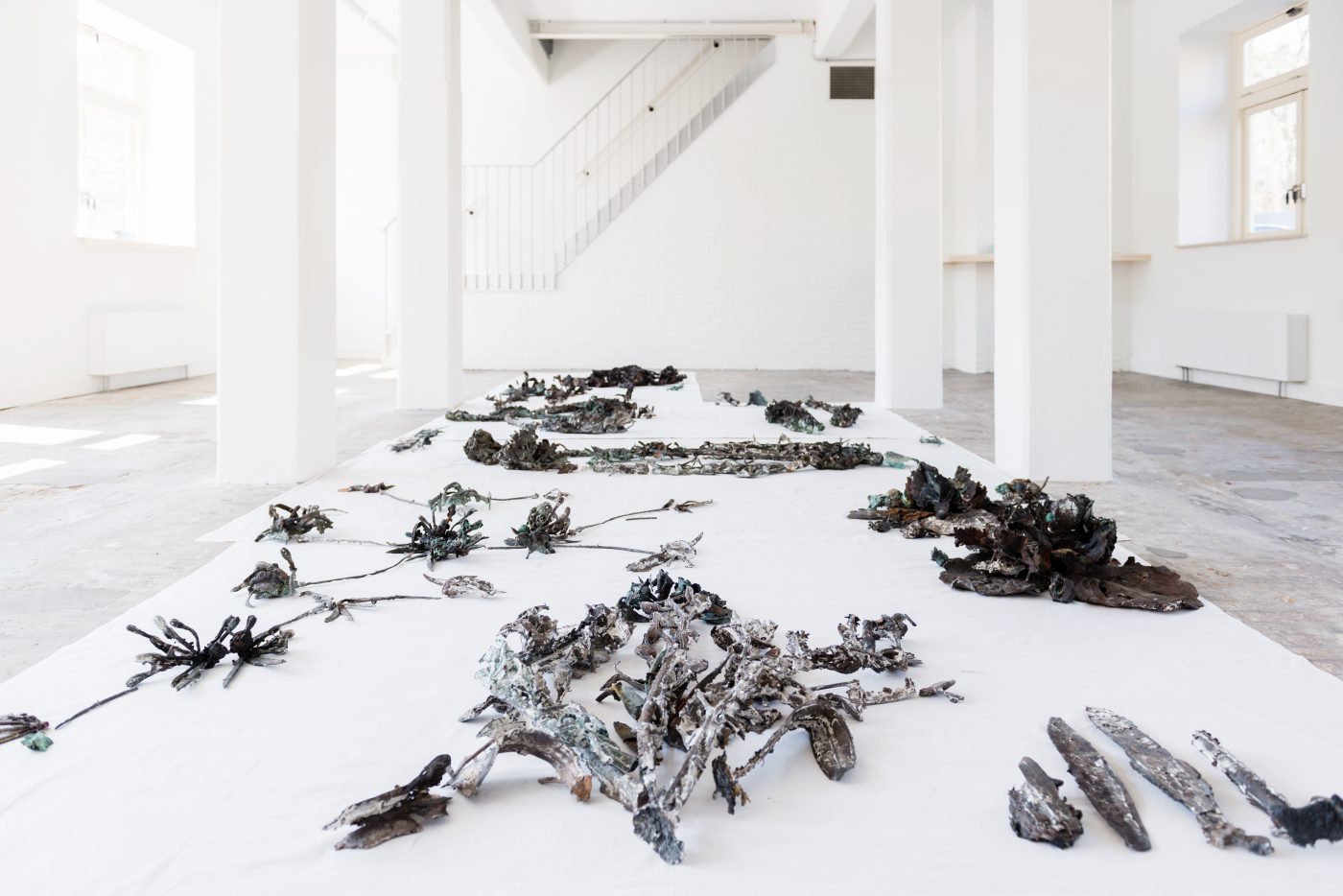
Abbas Akhavan, Study for a Monument (2013-2015), installation A Tale of a Tub, courtesy the artist & Family Servais Collection, photo: Fabian Landewee
Intimacy, perception and our surroundings – in conversation with Eamonn Harnett and Suzanne Wallinga
Assemblages of Intimacy at A Tale of a Tub approaches issues surrounding the environmental through sensitive and intimate art. Nicole Sciarone talks to Suzanne Walinga and Eamonn Harnett, respectively the curator and initiator of the show.
Assemblages of Intimacy is an exhibition that explores the intimate relationships between humans and their environments; how we create meaning through our surroundings; how it can shape our identities; and our relationships with each other. The four artists each approach specific geological locations to touch on larger socio-political questions. Eamonn Harnett through his film Reflections upon an unknown country (2018), examines relationship between identity formation and your surroundings through returning to where he grew up. Abbas Akhavan sculptural work Study for a Monument (2013–15), investigates the correlation between environment, specifically the plant life that surrounded Tigris and Euphrates rivers, and memory politics. Mikhail Karikis’s film Children of Unquiet (2014), considers the issues involving post-industrialisation, landscape and the next-generation through the first geothermal power plant in the Devil’s Valley in Tuscany. Eric Peter’s ongoing project Economy as Intimacy looks a the relation between economy and intimacy. The exhibition is curated by Suzanne Wallinga in conversation with Eamonn Harnett. I sat down with them to talk about their collaboration, and the development of the exhibition.
What I find enthralling about this exhibition is how all the works emotionally captivate you, they lure you in and you feel and explore alongside them. How did your collaboration start?
Eamonn wrote to us with a proposal for an exhibition but also with an idea for new work that he wanted to work on. I was intrigued by Eamonn’s proposal as I have been following his practice since he was studying at the Rietveld Academy. There is something sensual about both his practice and his proposal. That is why we decided to collaborate.
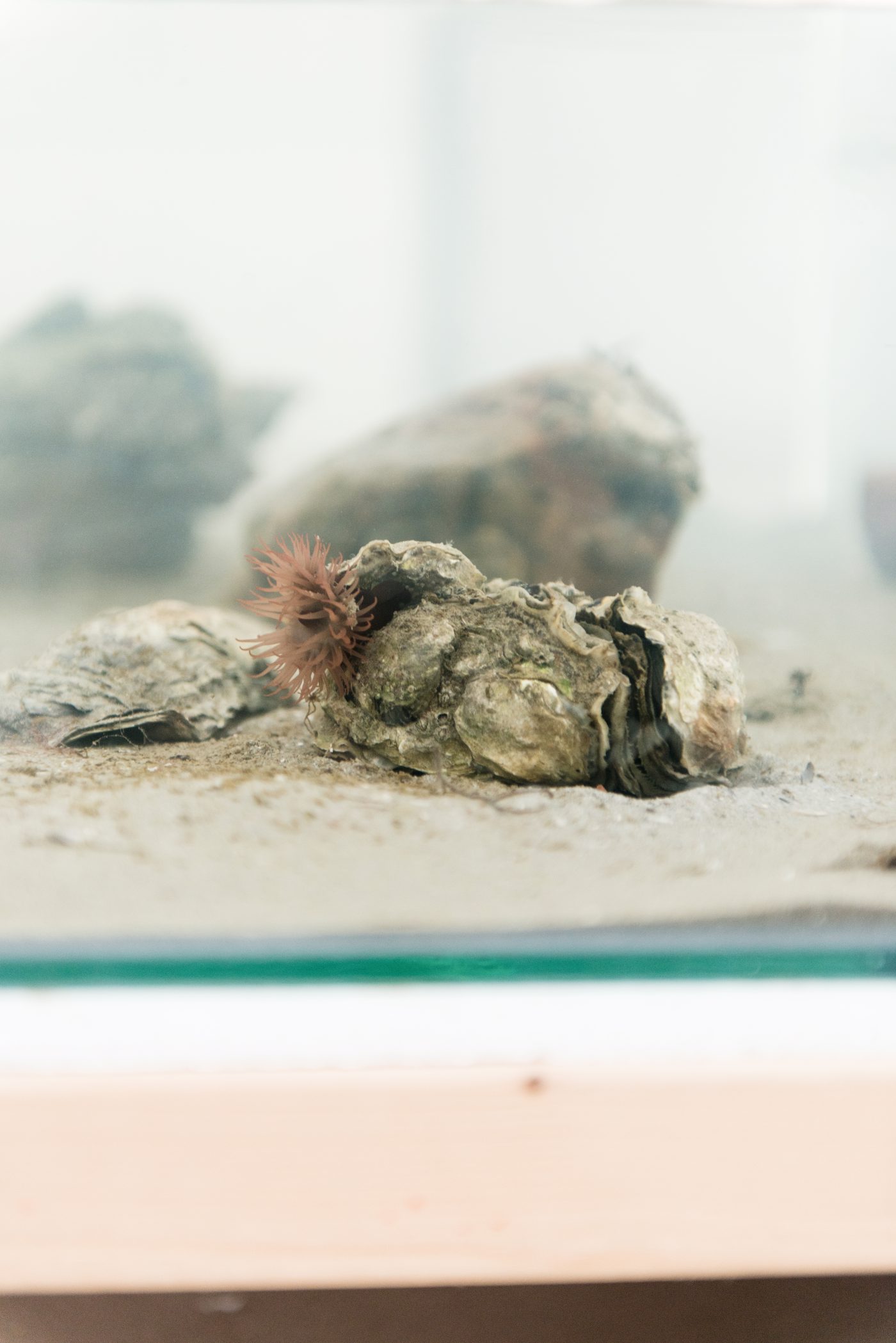
Eamonn Harnett, Hopes for unity, self articulation and sustainability of a group (2018), installatiefoto A Tale of a Tub. Foto: Fabian Landewee

The film I made for this exhibition, Reflections upon an unknown country (2018), is based on the Irish landscape and is an exploration of my two identities. It is about me growing up in Ireland on a llama farm.
A crazy thing, a llama farm in Ireland.
It is peculiar and not specific to the area. What I find quite interesting is how you have all these overlapping elements – the different species, the anemones in the rockpools and our house overlooking the ocean – with which you are intimately involved with, or not. I think that specifically for me, because I grew up there, my experience of that particular landscape is more emotional. Perhaps you could say more autonomous and vague, whereas other people’s research might be more scientifically engaged. The vagueness, I think, makes the work more complex.
Do you mean vagueness in that you didn’t interact with the topics in a scientific way or through your familiarity of the area because you grew up there?
The familiar part because it has formed me. As a human being you are part of your past and of the surroundings that you have built up. I am composed of the natural environments with which I have emotionally been engaged.
This is precisely why I was so enthusiastic about his proposal, and it was also the reason to create an exhibition with a couple of artists that have a similar approach, although they differ in their practices. The title of the exhibition, Assemblages of Intimacy, was chosen by Eamonn. We found it really fitting for bringing together a couple of artists’ practices with similar sensitivities. Eamonn and I agreed upon it being really important that there is a sort of connection to the work, to the material, and the land. It is an approach that we seem to forget. We found that in the end it was importantto take this approach further by making it into a group exhibition. So there are other artists’ works that focus on different locations. The artists all focus on the human perception and how it can change, on how there is a certain kind of intimacy in the relation between a person and the landscape. I think, in a way, it is a very different show in relation to other exhibitions that deal with the same topics.
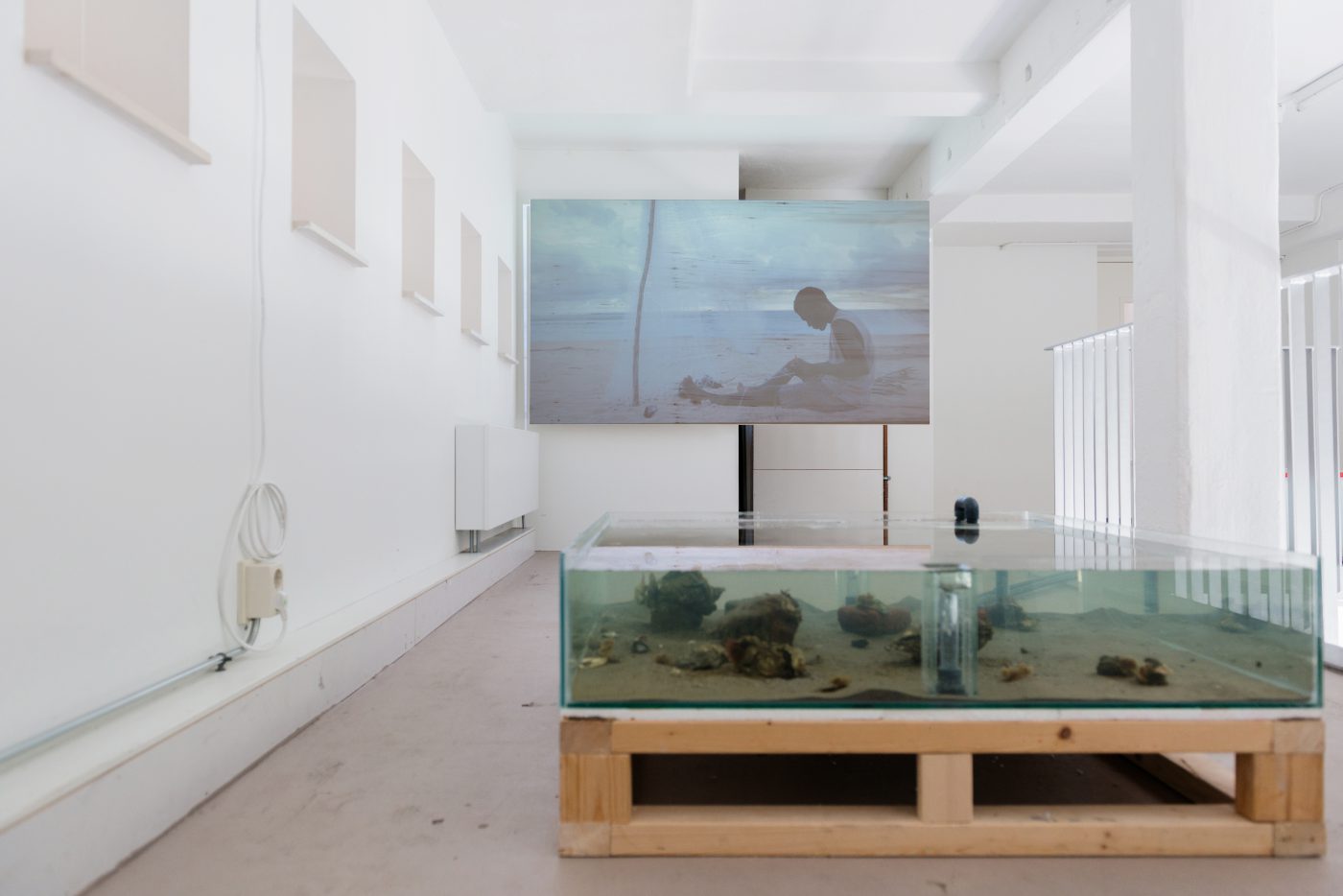
Eamonn Harnett, Hopes for unity, self articulation and sustainability of a group (2018), installation A Tale of a Tub, photo: Fabian Landewee
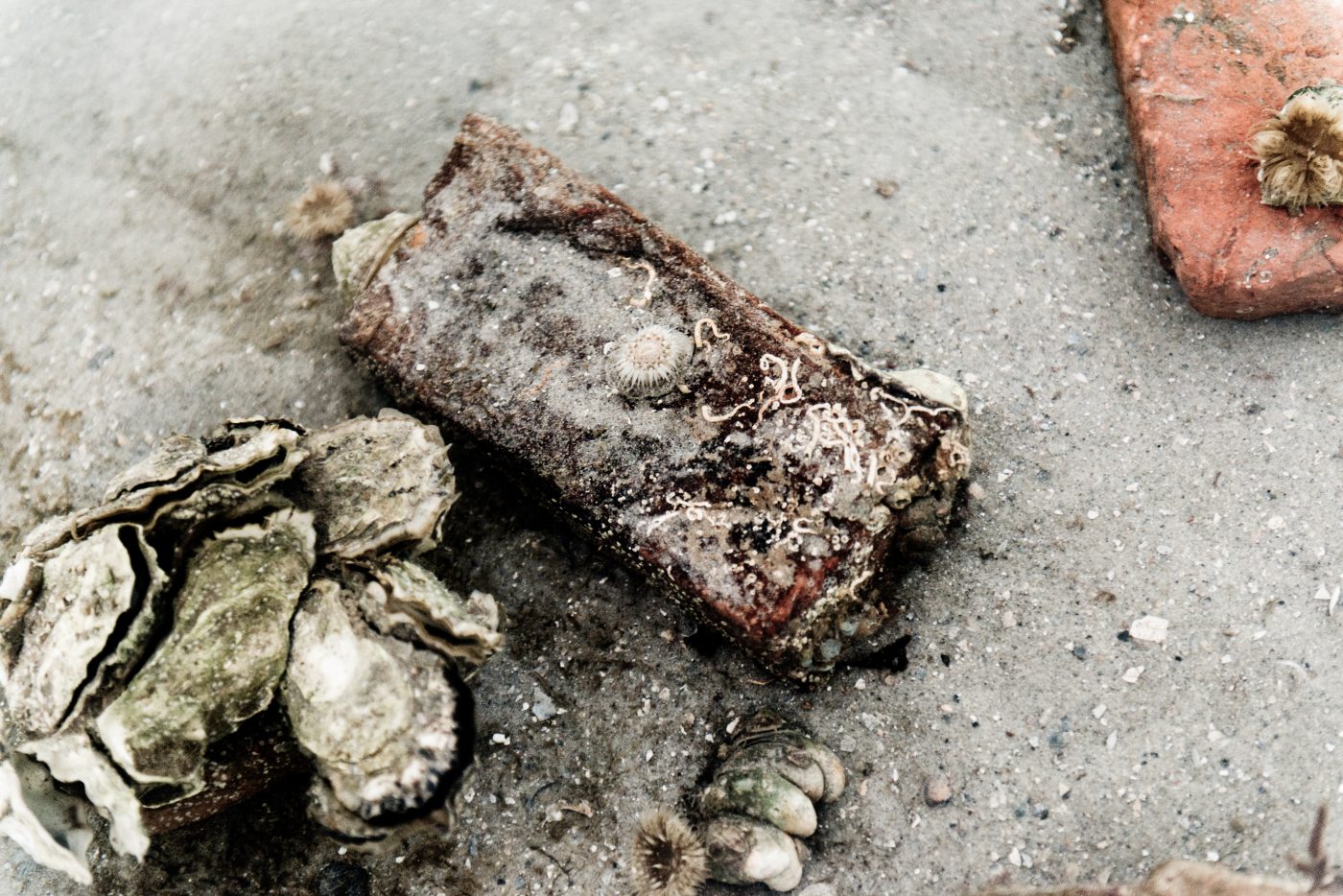
Eamonn Harnett, installation A Tale of a Tub, photo: Fabian Landewee
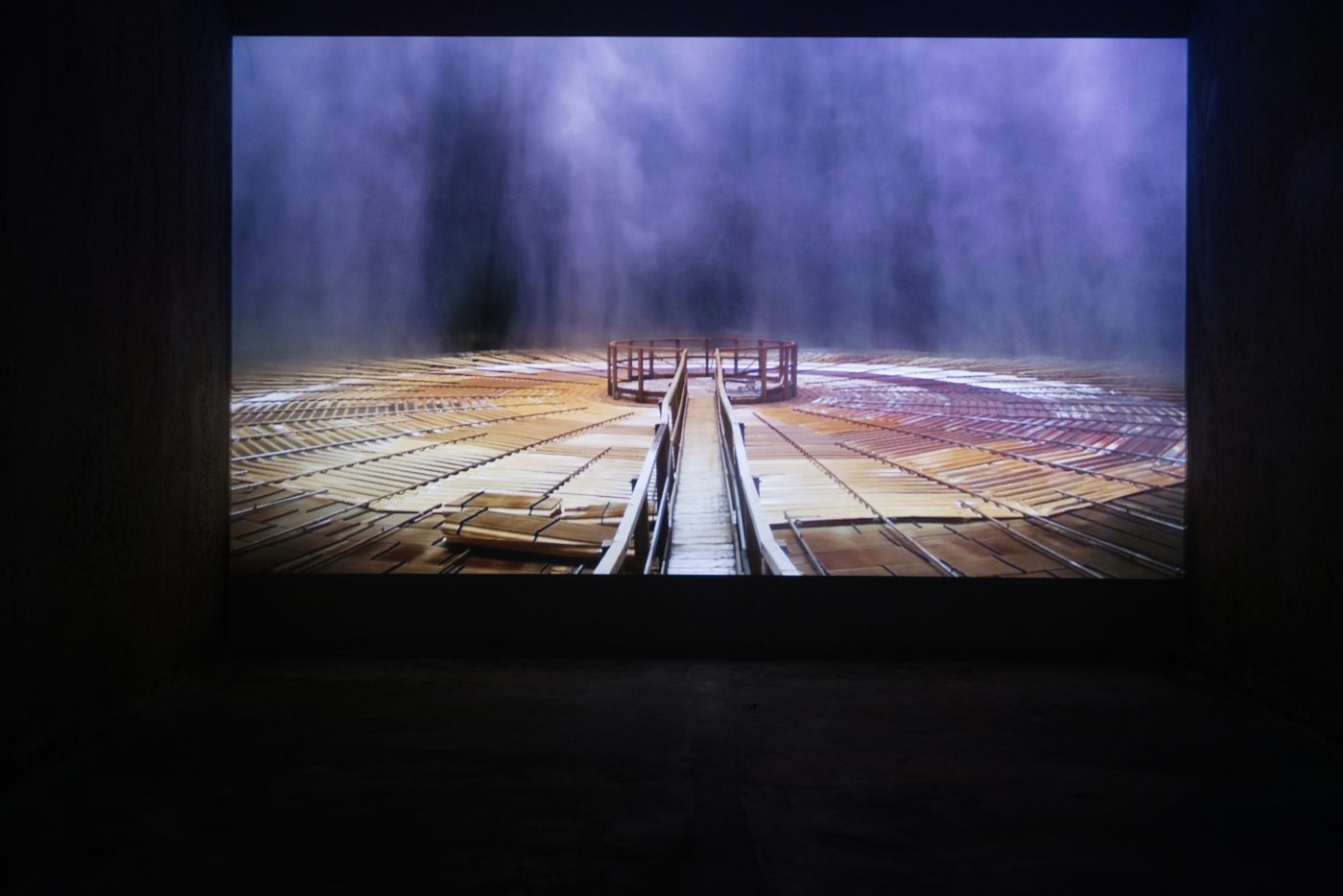
Mikhail Karikis, Children of Unquiet, 2014, installation A Tale of a Tub, photo: Fabian Landewee
Were the other artists already part of the first proposal?
No, not at first. I think the layered aspect of the exhibition, it being an assemblage, at first, for me, located between my own works, but I think that this idea now travels to the other practices. Eric Peter, for example, made a booklet of poetry, Economy as Intimacy (2018), for the exhibition. He was also with me in the Philippines, his poetry reflects upon the experiences he had with the people there. The other works are much more abstract in a way. Abbas Akhavan’s work Study for a Monument (2013-2015) is about Iran, its culture and the Middle East. Mikhail Karikis’ work Children of Unquiet (2014) shows how childhood is a good place to start talking about environmental issues.
Eamonn suggested Eric Peter. I met Eric in his studio where we talked about his work. Abbas, and especially this work Study for a Monument (2013-2015), has been on my list for a couple of years. When I saw it for the first time, in 2014, I was intrigued by its strong sculptural presence. It examines processes of memory and forgetting, as well as the connection between monuments, the landscape, trauma and collective memory. We are also happy to be able to show it in connection to the work of Mikhail [Karikis]. I thought his video Children of Unquiet (2014) fits very well within this exhibition. I am impressed by the way he is able to work with communities in different locations all over the world.
Eamonn, why did you want to create Reflections upon an unknown country (2018) specifically for the show at A Tale of A Tub?
I wanted to try and show this work and Hopes for unity, self articulation and sustainability of a group (2018) as one. For myself I wanted to be able to approach these works together via my past: through my own memories of Ireland. Hopes for unity, self articulation and sustainability of a group is in a documentary style and is from the Philippines where I worked with the Agta, an indigenous minority group. In the exhibition I show it together with an installation made of various species, all taken from the North Sea in the Netherlands. The new work is based on Ireland, I wanted to be more aware of my own past.
Why did you choose Eric’s work in connection to yours?
We have both been to the Philippines and I have known him for a very long time. I love the sensitivity of the work, the poetry. I don’t see this type of sensitivity in a lot of art practices.
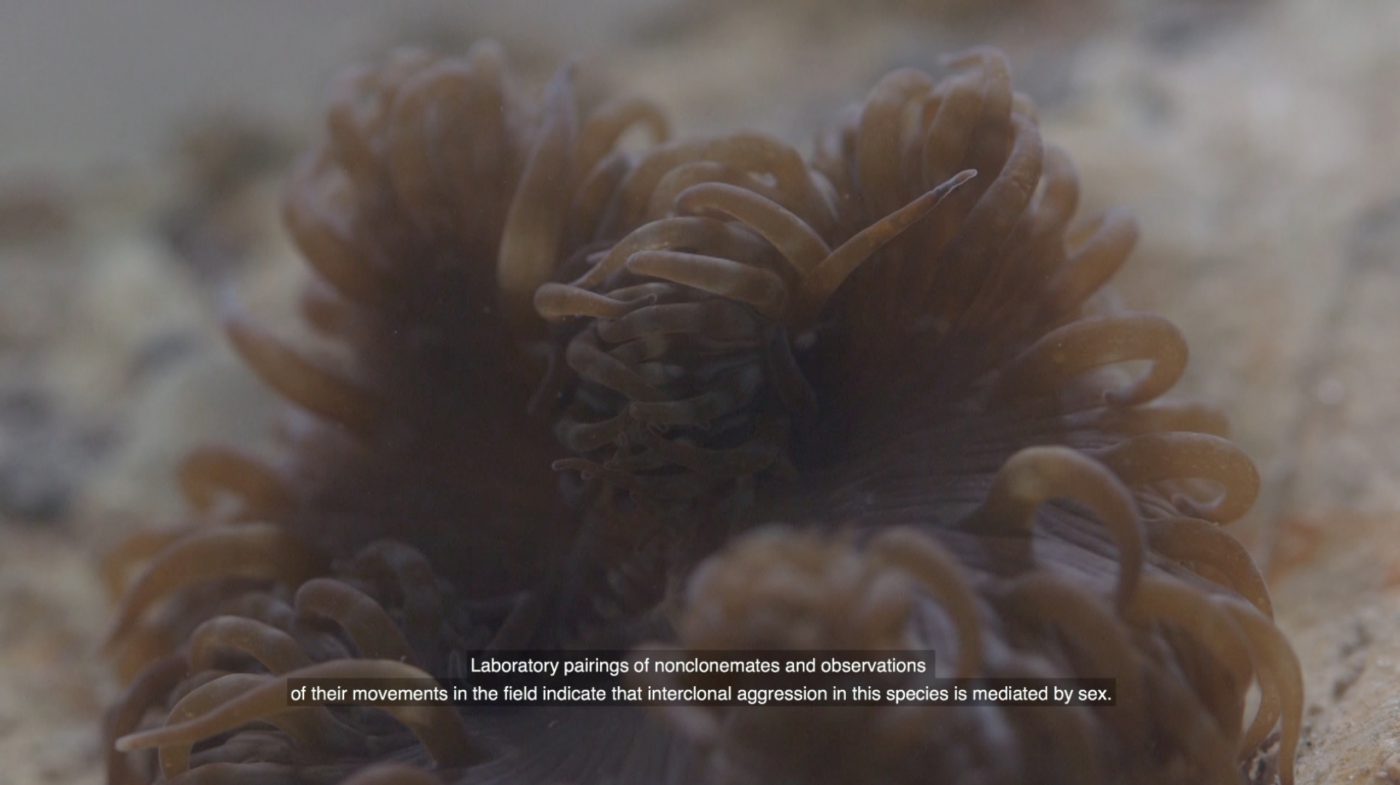
Eamonn Harnett, Reflections upon an unknown country (2018), video still
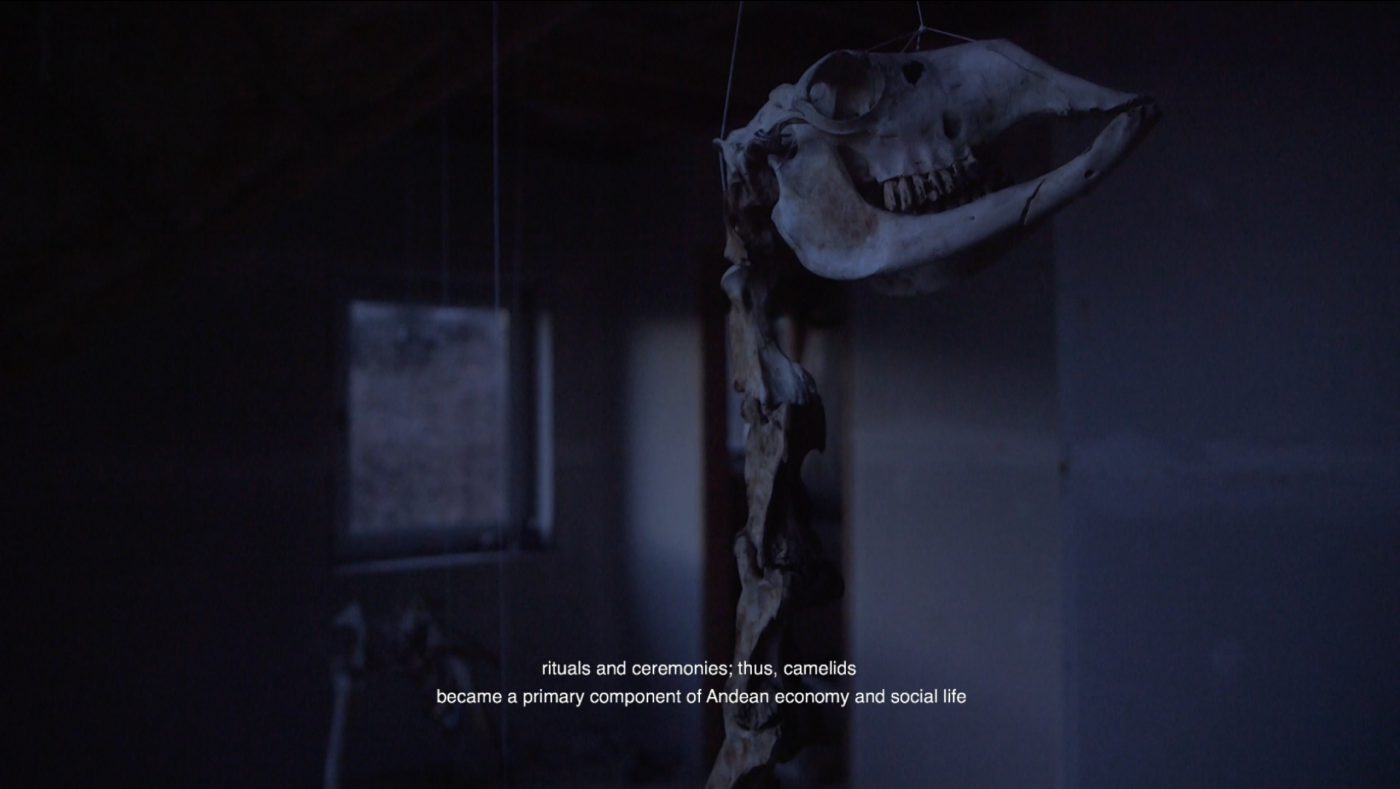
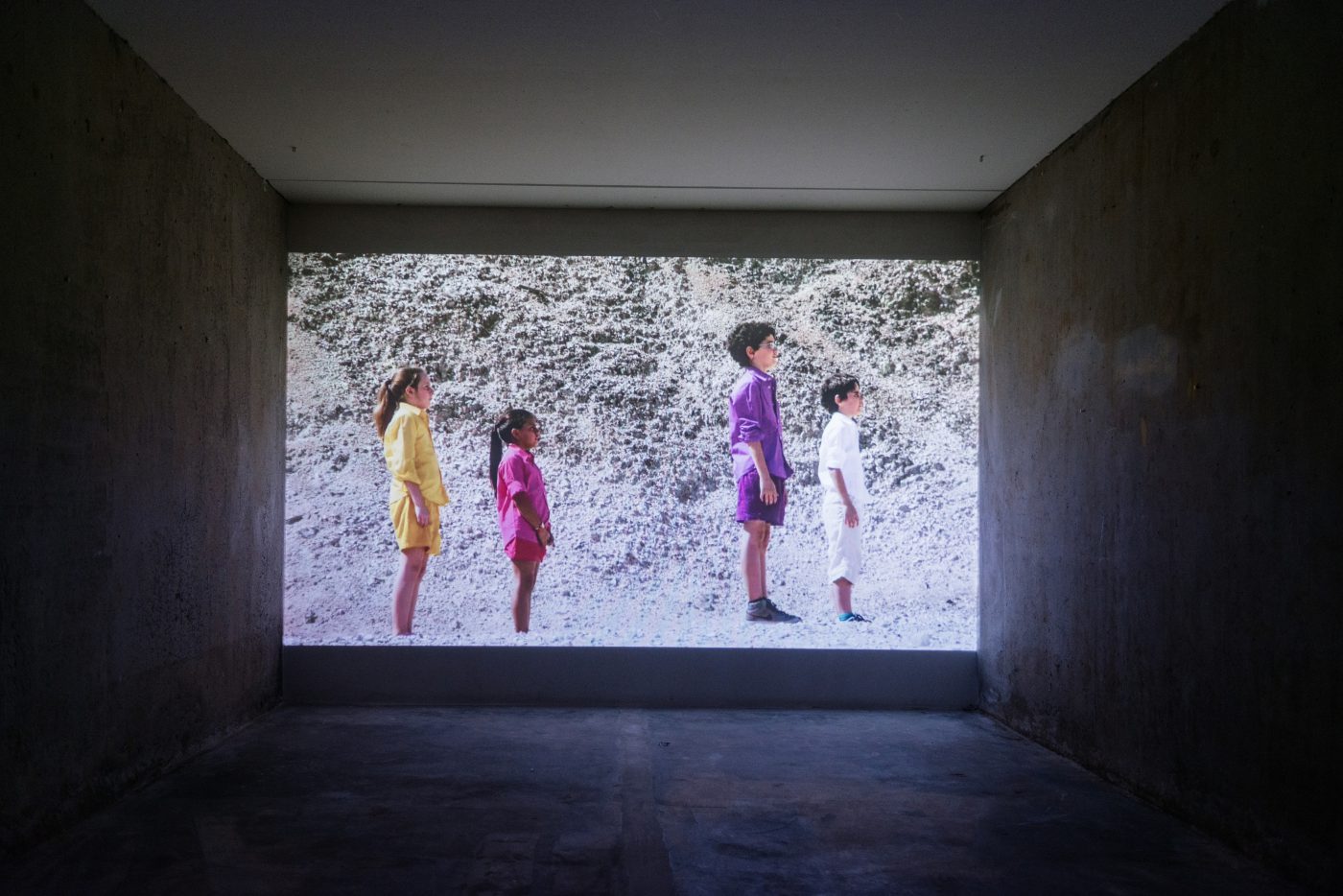
I think that this is memorable about Assemblages of Intimacy: you feel with the works.
In the context of current environmental issues, for me, this sensitivity is a very important piece of the puzzle that is often missing in current art practices. We want to be able to be sustainable and be careful with the environment, but for this we need to be involved for a longer period of time to be able to see and digest small parts, not an easy process. It needs to be a lot more, well, intimate. So the only way to deal with that is by creating intimate art.
There needs to be a counter balance. It is really important to consider the idea of human agency in order to think from our human perspective and our current interaction with ecosystems and nature.
Could you elaborate on what you exactly mean by human agency and our interaction with ecosystems?
Basically, it is about a form of layered agency. For example Abbas’ work is about nature and the landscape but even more about processes of forgetting and remembering. That is what I mean with human agency: the processes we go through to create meaning about the surroundings that we live in.
Mikhail’s film is about children in a certain village, but it is also reading a book that is a political statement about love as the constitution of revolution, about love as a political force. Human agency is in a sense layered. It is in how we interact with the landscape but also in processes of meaning and our interaction with not only the landscape but also with each other.
So there is also a soul connection, like in Eric Peter’s work which is a composition of the different dealers and types of economical transactions he experienced in various areas abroad, and, more specifically, in the Philippines. It is about the relations we have with one another when we are talking about debt, salary payment etcetera. I mean agency in the sense of the relationships we have that constitute ecosystems, people, connections, networks. In short, it is the social process which matters most when it comes to intimacy.
Assemblages of Intimacy, A Tale of A Tub, until 24.06.2018
The Fondle Tour by Mitra Saboury, Nina Sarnelle and Megan Snowe – Wednesday 13 June, 19:30; Economy as Intimacy, reading by Eric Peter – Sunday 17 June, 15:30; Artist talk with Mikhail Karikis – Thursday 21 June 2018, 19:30
Nicole Sciarone
is intern at Metropolis M


